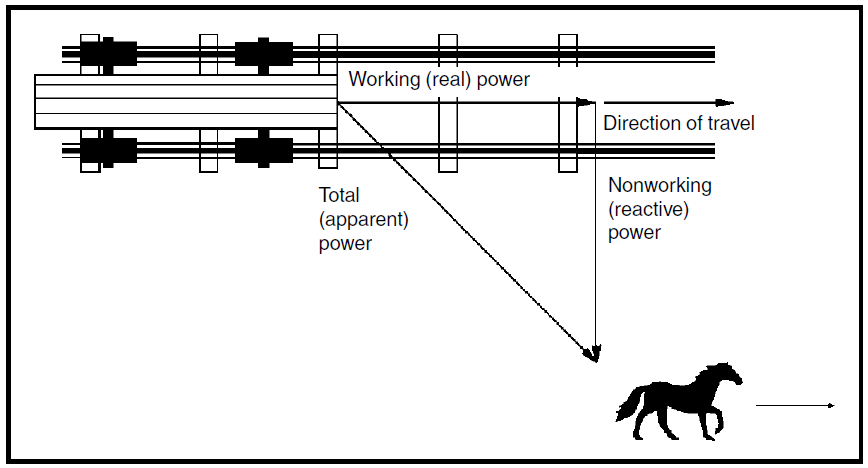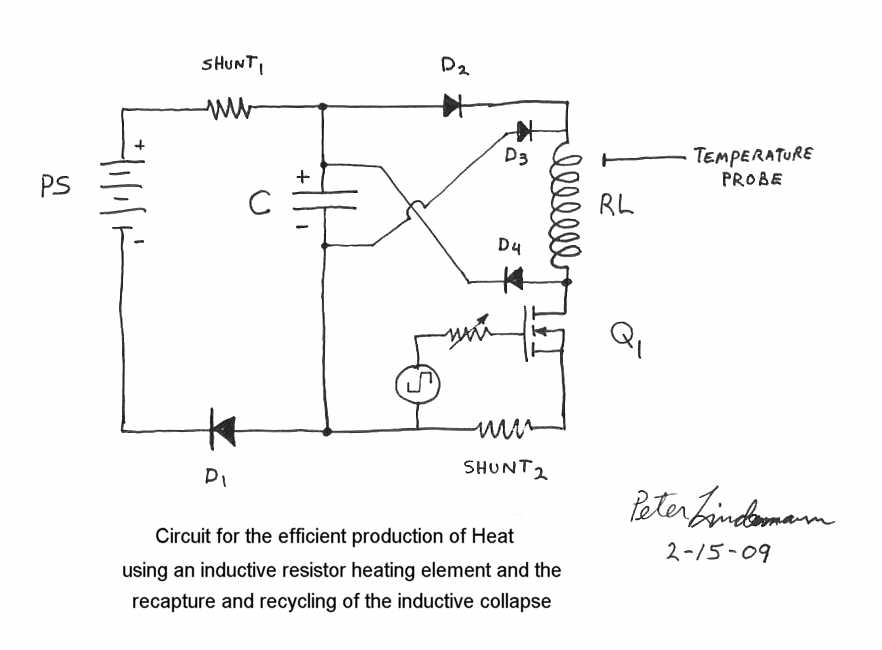Thnx for the info/help Farmhand! I appreciate it
I will study this more.
Greets JB
I will study this more.
Greets JB
Originally posted by Farmhand
View Post




Comment